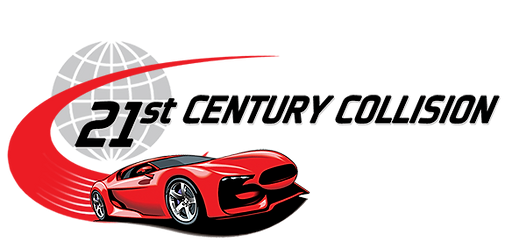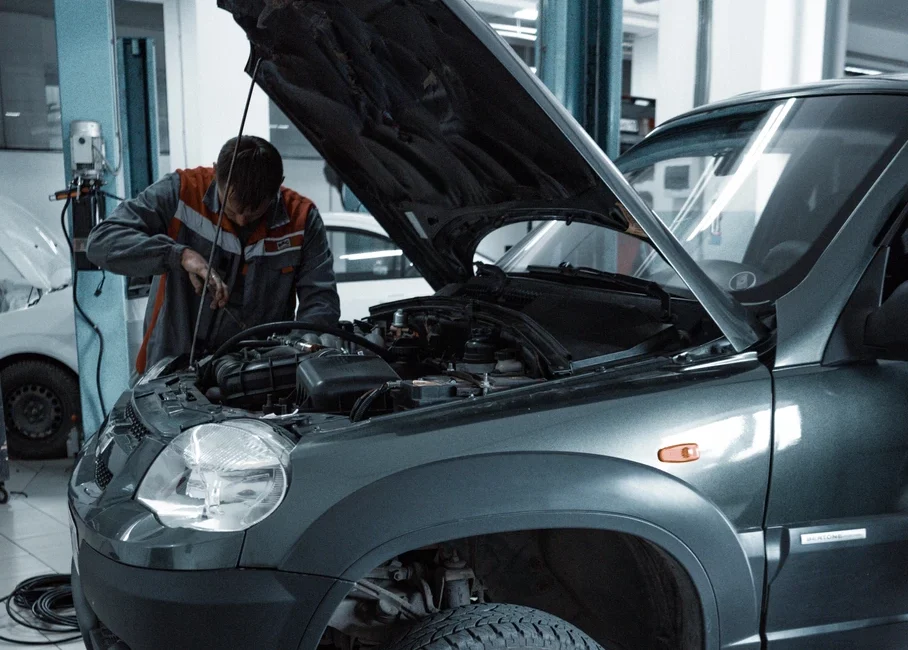The automotive industry has witnessed dramatic changes over the decades, not just in design and technology, but also in the very materials used to construct vehicles. As manufacturers seek to improve efficiency, safety, and performance, they’ve turned to a range of innovative materials. While these advancements are exciting for car enthusiasts and the environment, they introduce new considerations in the realm of collision repair.
1. Aluminum:
The Appeal: Aluminum is lightweight, which can lead to improved fuel efficiency. It’s also resistant to corrosion, giving it an edge in durability. Repair Nuances:
- Aluminum doesn’t “remember” its shape like steel does. Hence, when it’s dented, it’s less likely to return to its original form without specialized repair techniques.
- It requires a different welding approach than steel. Technicians need specialized training to avoid damaging the material during repairs.
- Aluminum repairs typically need a separate workspace to prevent cross-contamination with steel, as steel particles can corrode aluminum.
2. Carbon Fiber:
The Appeal: Known for its incredible strength-to-weight ratio, carbon fiber is often found in high-performance and luxury vehicles. It offers stiffness, strength, and weight savings. Repair Nuances:
- Repairing carbon fiber isn’t about bending it back into shape; it’s about layering and bonding.
- Traditional body shop tools aren’t always suited for carbon fiber. Repairs often require specialized equipment and materials.
- Due to its unique weave and structure, ensuring a seamless repair is both an art and a science, necessitating specialized training.
3. High-Strength Steel:
The Appeal: Modern vehicles often incorporate various grades of steel, including high-strength varieties. This type of steel provides added safety benefits in collisions. Repair Nuances:
High-strength steel can’t be heated or straightened like traditional steel due to its unique properties.
Cutting and welding this material require specific techniques and tools, making the repair process more complex.
How Modern Materials Impact Repair Costs and Time:
- Specialized Equipment: The need for specific tools can add to repair costs.
- Extended Repair Time: Some materials require lengthier processes or curing times.
- Training and Expertise: Technicians need ongoing training to stay updated with the latest repair techniques, and their specialized skill set can influence labor costs.
In Conclusion:
The evolution of car materials reflects the industry’s commitment to innovation, efficiency, and safety. However, with these advancements comes the need for specialized collision repair approaches. As car materials continue to evolve, so too must the techniques and tools of the repair industry. As vehicle owners, understanding these nuances can better equip us to make informed decisions post-collision, ensuring our cars are not only restored aesthetically but also in safety and performance.

